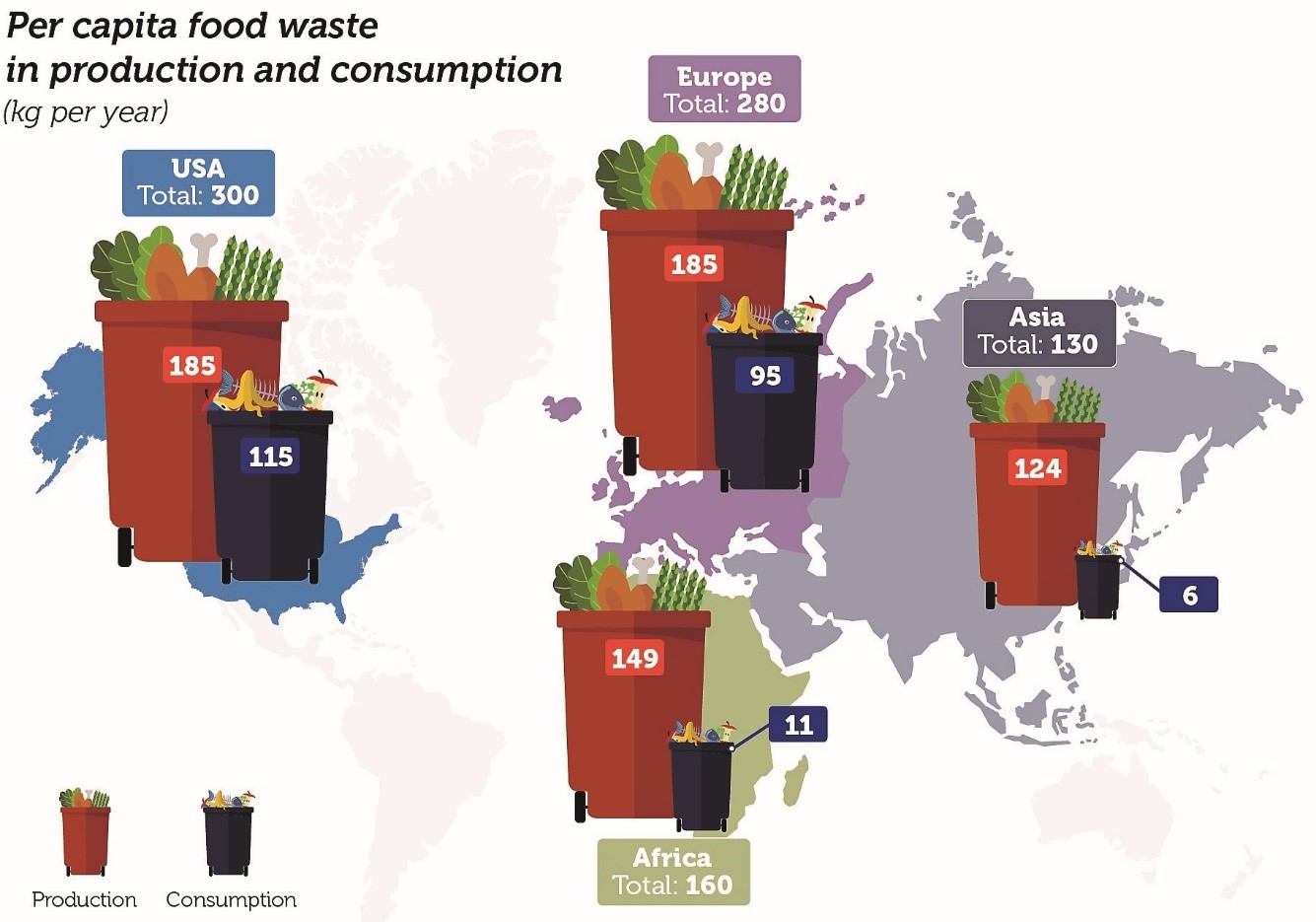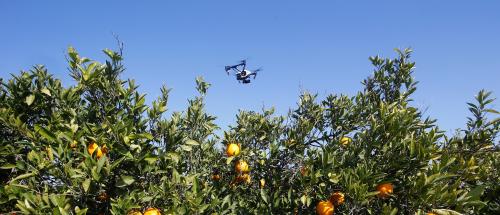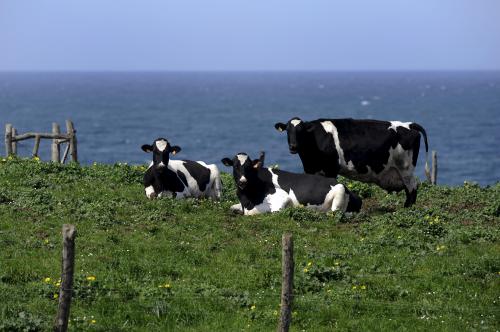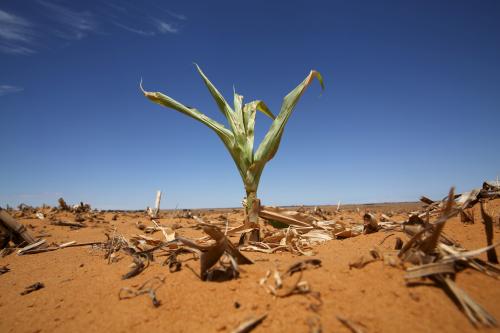My eldest daughter, who lives with her family in Hamburg, uses her smartphone once a week to get a food box from a nearby farm. Many people are doing this all over the world. Farm-to-customer food delivery services are booming. It saves time, avoids massive costs of packaging and trading, leaves more profit with primary producers, and cuts plastic and food waste. This simplifies complex food supply chains with input suppliers, farmers, aggregators, processors, wholesale, retail traders, and final food customers.
Worldwide, 570 million farmers and millions of agribusinesses, traders, and retailers supply 7.6 billion people with food. Digital solutions will dramatically reduce time, costs, and waste in today’s highly complex food supply chains. This explains why data-driven logistic firms like Amazon or Alibaba have moved into food distribution. Amazon bought Whole Foods in the U.S. as data, trust in product quality, food safety, and logistics become the driver of the food business. This trend is likely to continue, perhaps even gather pace.
The ways in which food is produced, distributed, and consumed matter in both rich and poor countries. Reducing food waste along food supply chains can help to reduce hunger and malnutrition. It can also help to reduce the carbon footprint of today’s complex—and grossly sub-optimal—food distribution systems. Digital solutions can optimize the amount of food we buy and dramatically reduce waste.
Roughly a third of the edible parts of produced food is lost in supply chains. In poor countries, more food is lost on farms or between the farm and market due to lack of regular market access, inadequate post-harvest storage, poor transportation, and lack of food processing facilities. In rich countries, more food is lost in retail shops and consumers homes. This explains another interesting development in my hometown Hamburg. Every week, charity organizations collect food at retail outlets and distribute it to thousands of people in need. Hamburg has lots of company. In many cities around the world, innovative apps tell customers where food is available at reduced prices or even for free shortly before shops close.
The things we could do
Imagine for a moment the potential global impact of halving food waste. About 1.3 billion tons of food is wasted annually. (Ignore for a moment that measuring food waste in value chains is difficult and not yet fully solved.) How many of today’s 800 million malnourished people could benefit if we also assume that waste is transformed into supply?
Assuming that about 200 kg of food is needed per person in cereals-based diets, 650 million tons of food not wasted but suitable for consumption can feed 3 billion additional people. This is more than three times the number of today’s malnourished. There isn’t a linear relationship between food waste and hunger, but it is clear that there is no shortage of food in the world today. At the same time, a 50 percent food waste reduction would save 2.2 Gt of carbon emission equivalents. This is more than a third of emissions in the United States, the second largest carbon emitting economy in the world.
How can this vision be realized? Creative entrepreneurs and innovators are already showing the ways to digitize food supply and greatly reduce waste. Here are a few examples from Asia and Africa that show the potential cost and carbon emission savings.
Direct sales from farms to retailers using mobile platforms and farmers cell phones in remote areas in India bring supply costs down by 15 to 25 percent, translating into higher farm-gate prices, greater liquidity, and more market transparency for smallholder farmers previously highly dependent on local traders and money lenders. By linking farmers to markets and significantly reducing carbon emissions, digital platforms are increasingly interesting for commercial banks and international finance institutions.
Digital solutions can also help to improve productivity by delivering weather forecasts, market information, finance, and improved farm practices to farmers. Productivity increases on farms are reducing carbon emissions per unit of output and help to include previously unbankable rural poor in financial systems.
These developments will transform smallholder production systems and bring farmers nearer to markets and finance. It will disrupt food supply chains and offer opportunities for digital entrepreneurs to develop and scale-up food supply services.
Improved access to markets and finance can help even small farmers decide for themselves to whom to sell and when, and increases their bargaining power. Usually, at harvest times prices go down and vice versa. Making storage facilities bigger and better are profitable investments since they reduce post-harvest losses. The problem is that this requires reliable access to energy, which is in short supply in South Asia and sub-Saharan Africa. But in recent years the availability of renewable energy and battery storage systems has increased, making off-grid cold store solutions competitive for more than 100 million farmers without access to electricity grids.
Although fresh fruits and vegetables in retail stores may give us the impression of simplicity and purity, the way these products are actually retailed is highly sophisticated. Some of the most nutritious and tasty products—avocados, for example—have short shelf lives, and customers want them ready-to-eat. What if the advanced technologies that global suppliers use to ensure food freshness become available on smartphones for everyone? From the experiences of cities like Hamburg, we know this would greatly reduce food waste and emissions. If we can find ways to encourage creative entrepreneurs to develop solutions to reduce food waste and carbon emissions in places like China and India, 10 billion people could eat well and live comfortably on our planet.
The Brookings Institution is committed to quality, independence, and impact.
We are supported by a diverse array of funders. In line with our values and policies, each Brookings publication represents the sole views of its author(s).








Commentary
The digital revolution—a new weapon against food waste, hunger, and emissions
September 6, 2018